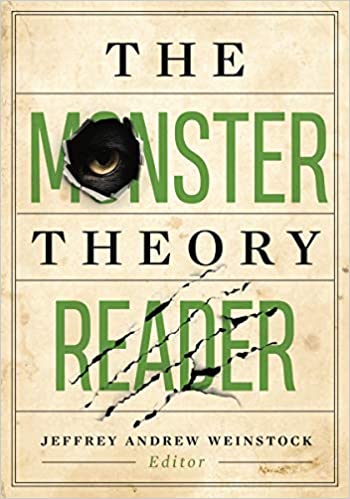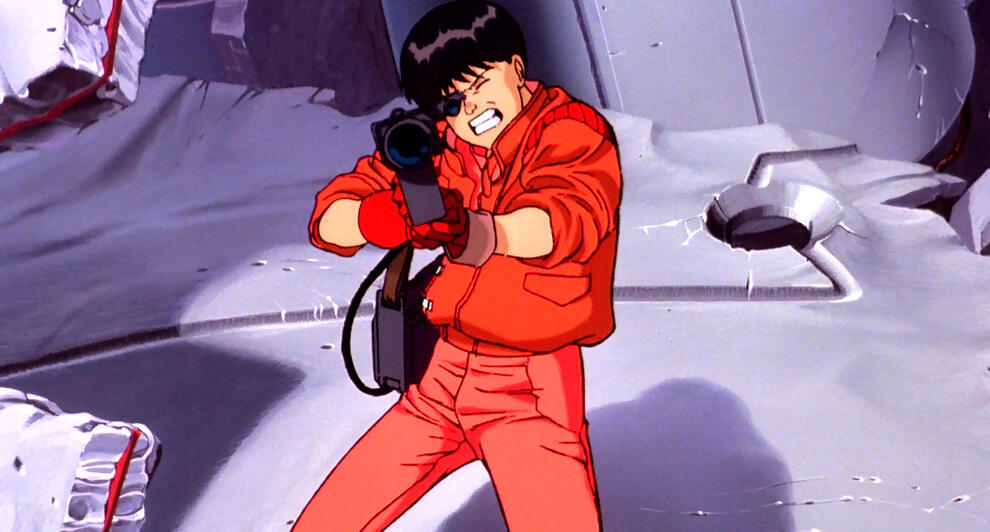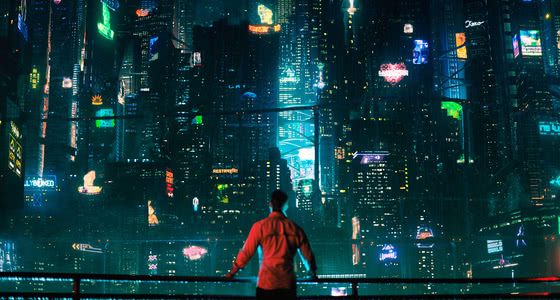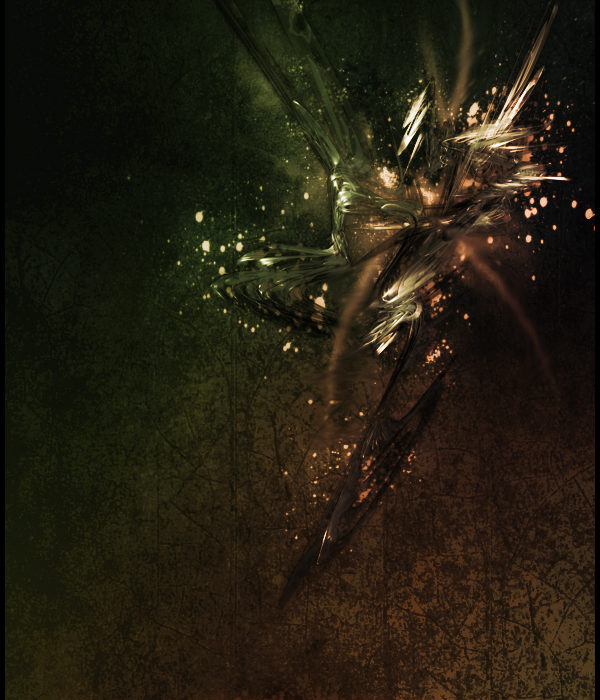Review of The Monster Theory Reader
Jeffrey Andrew Weinstock, ed. The Monster Theory Reader. U of Minnesota P, 2020. Paperback, 600 pg. $35.00. ISBN 9781517905255.
If you subscribe to the theory that Mary Shelley is a key figure in the genesis of science fiction, then it is only a small step to claim that the figure of the monster is as central to science fiction as it is to horror.
Read MoreEmbodiment in Altered Carbon
Introduction
In her seminal book, How We Became Posthuman, N. Katherine Hayles discusses the connection of subjectivity and embodiment and warns her readers that “my nightmare is a culture inhabited by posthumans who regard their bodies as fashion accessories rather than the ground of being” (5).
Read MoreBiopunk: Genetik und die SF
Als Margaret Atwood bestimmte Trends in der naturwissenschaftlichen Forschung bemerkte, konnte sie als Autorin spekulativer Romane wohl nicht umhin, über die Konsequenzen dieser Trends nachzudenken. Denn die Forschung, etwa im Rahmen der Genetik, schien auf gefährliche Endpunkte hinauszulaufen, sollte man konsequent bestimmte Ideen bis zu ihrem logischen Ende weiterverfolgen.
Read MoreDie Burtonesque Charakterzeichnung in Rick Yanceys Coming-of-Age-Roman The Monstrumologist
Julia Gatermann und Lars Schmeink
Tim Burtons Stil ist so ikonisch, dass er zum Inbegriff einer individuellen Ästhetik geworden ist, die es sogar bereits in die popkulturelle Umgangssprache geschafft hat. Der Eintrag zu „Burtonesque“ im Urban Dictionary beschreibt seinen Stil als „imaginative and fantastical“, verankert zwischen Gothic, Horror, Legende und Märchen. Seine Filme seien „surreal, avant-garde and expressionistic, the tone of which is commonly described as ‘dark’ and ‘gothic’“.
Read MoreAkira and Ghost in the Shell (Case Study)
Martin de la Iglesia and Lars Schmeink
Up until the late 1980s, Japanese anime had gone mostly unnoticed in the west and it fell to cyberpunk film, specifically Katsuhiro Ōtomo’s Akira (1988) and Mamoru Oshii’s Ghost in the Shell (1995), to change the western perception of animated films forever.
Read MoreCyberpunk as Cultural Formation
Anna McFarlane, Graham J. Murphy, and Lars Schmeink
In his book The Seven Beauties of Science Fiction, Istvan Csicsery-Ronay argues that today’s social, political, and cultural realities have become science-fictional, that estrangement and dislocation constitute our habitual normalcy in the 21st century.
Read MoreDigital Effects in Cinema
1 – In his influential study Terminal Identity: The Virtual Subject in Postmodern Science Fiction, Scott Bukatman argues that “the real advent of cyberpunk, with the publication of [William Gibson’s] Neuromancer in 1984, was preceded by at least three films that, in varying ways, had a formative impact upon the cyberpunk aesthetic: Videodrome, Blade Runner,and TRON” (137).
Read MoreReview: Neoliberalism and Cyberpunk Science Fiction
Neoliberalism and Cyberpunk Science Fiction: Living on the Edge of Burnout. Caroline Alphin. Routledge, 2021.
Gibt es in der Wissenschaft eigentlich auch so etwas wie »click-bait«? Wenn ja, dann wäre es wohl das Aufpeppen von Buchtiteln durch gewisse Buzzwords und für Suchmaschinen optimierte Begriffe. Namedropping auf Titelniveau.
Read More








